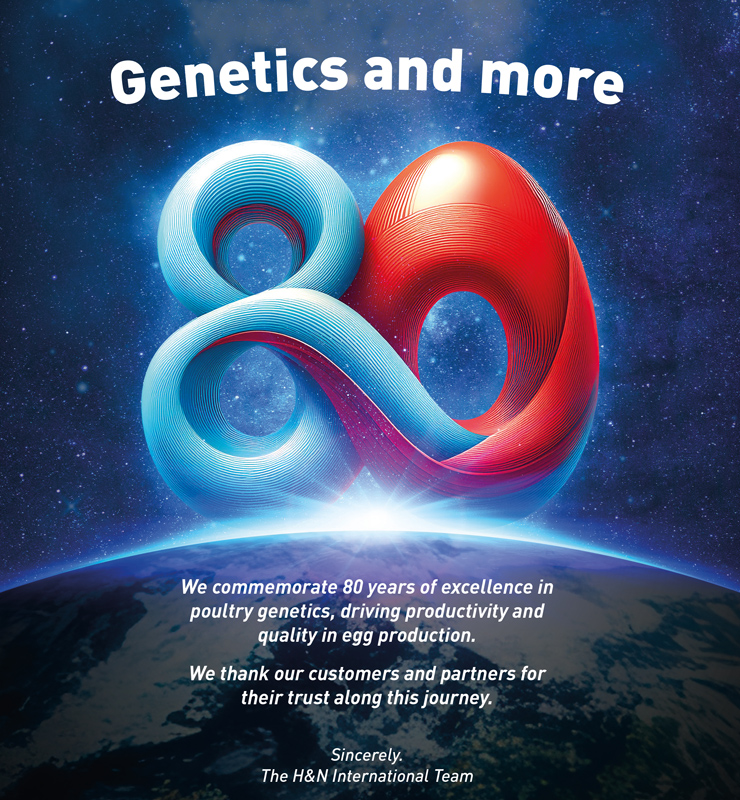THE MARY C. HEISDORF SCHOLARSHIP
The Mary C. Heisdorf Scholarship or “the inner circle of people really interested in poultry” The Mary C. Heisdorf scholarship was founded on 1st June...

THE MARY C. HEISDORF SCHOLARSHIP
The Mary C. Heisdorf Scholarship or “the inner circle of people really interested in poultry” The Mary C. Heisdorf scholarship was founded on 1st June 1989. The...
The Mary C. Heisdorf Scholarship or “the inner circle of people really interested in poultry”
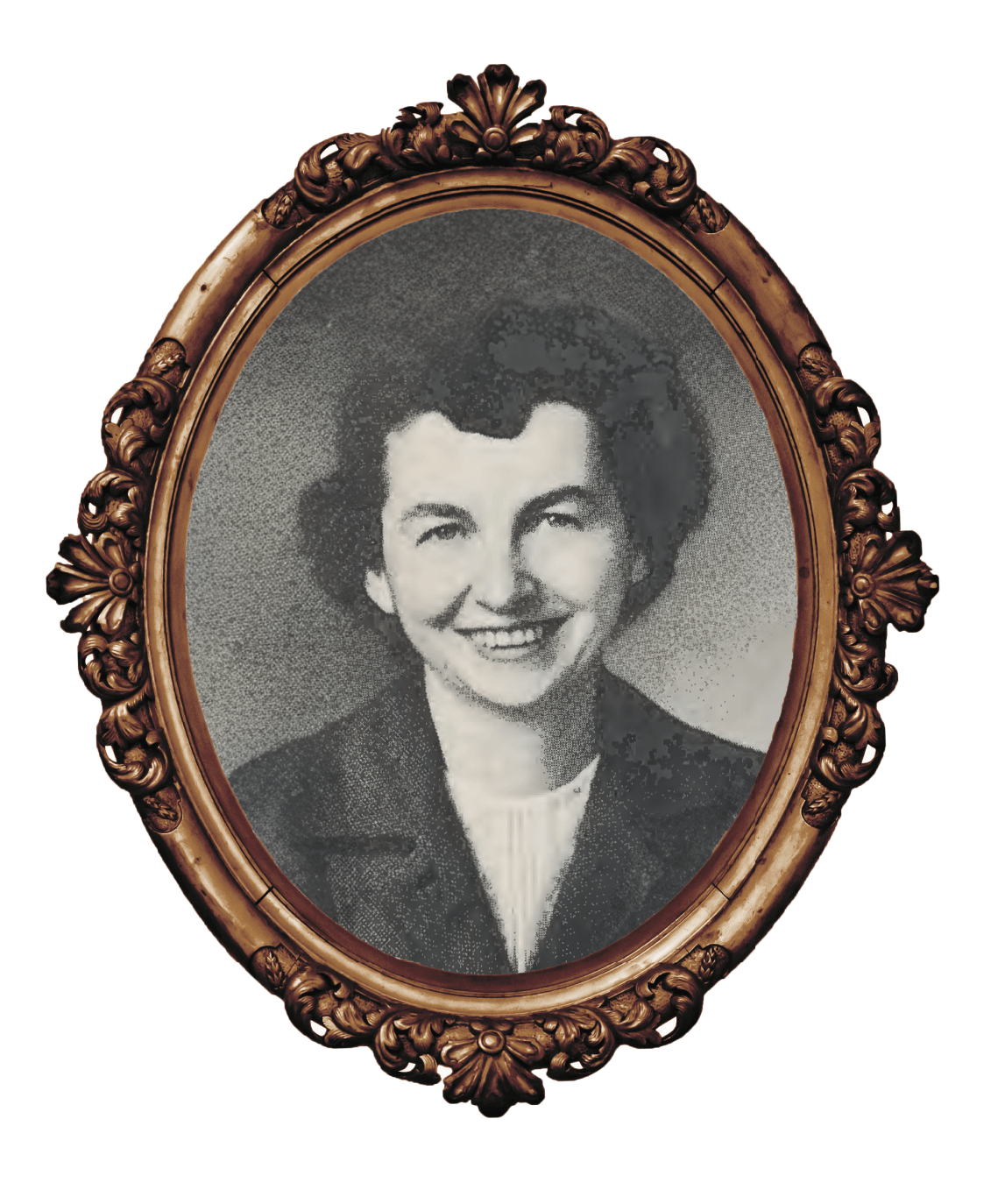
The Mary C. Heisdorf scholarship was founded on 1st June 1989. The founder was her husband Arthur J. Heisdorf, her widower after Mary had passed away in 1988.
In 1945, the newlywed Heisdorfs had started their own poultry business in Kirkland, Washington, USA. “At first it was just the two of them, working side-by-side for 16, 17 or 18 hours a day. At night, Mary did the office work” wrote award-winning staff editor Eric Lacitis in his article “The hatching of his labors has been no paltry achievement”, published on 3rd June, 1986, in The Seattle Times (WA). In the beginning, the couple couldn’t even afford a truck, so they first transported crates with chickens in a wagon they would pull. Just five years later the company employed almost 200 workers, thanks to Art Heisdorf’s pioneering revolutionary new breeding technique to select the pure line families of chicks based on the performance of their commercial offspring.
And in 1950 they started franchising their birds to distributing hatcheries. Of course, Mary was on the board of directors, as she had been a partner in every way to Arthur since the foundational day. She had always been an integral part of the business, helping first on the farm and in the hatchery, then with the financial end of the business, and finally graciously receiving visitors from around the world who became distributors of their products. Arthur Heisdorf himself received his BSc (Bachelor of Science) degree from the University of Wisconsin-Madison in 1936.
With the scholarship, Heisdorf honored the work of his late wife and business partner. And he found a way to keep the innovative, researching Heisdorf spirit alive—and pass it on to future generations.
University records of recipients date back to 2003. Between then and now, 36 awards have been given to the amount of US $41,780. But not every year has seen award winners, since the University of Wisconsin looks for the best and most promising matches with students. On the other hand, a couple of exceptional winners have received the scholarship more than once for their outstanding contributions to poultry science, driving it forward to new horizons—just like Art and Mary Heisdorf intended.
The Mary Heisdorf Scholarship is available to undergraduate and graduate students with an interest in poultry science or poultry research in the College of Agricultural and Life Sciences at the University of Wisconsin-Madison. Students may not be majoring in poultry science to be eligible for this award, although most of the students are in the Animal & Dairy Science department.
The application process for this scholarship differs from the offers that students apply for directly: the Mary C. Heisdorf scholarship is initiated through the University of Wisconsin, where a board of professors select the prospects. The students use a general application for scholarships within the college, and then the board of faculty members matches students to the scholarship that suits their interests, strengths and their intrinsic motivation to begin a career in poultry.
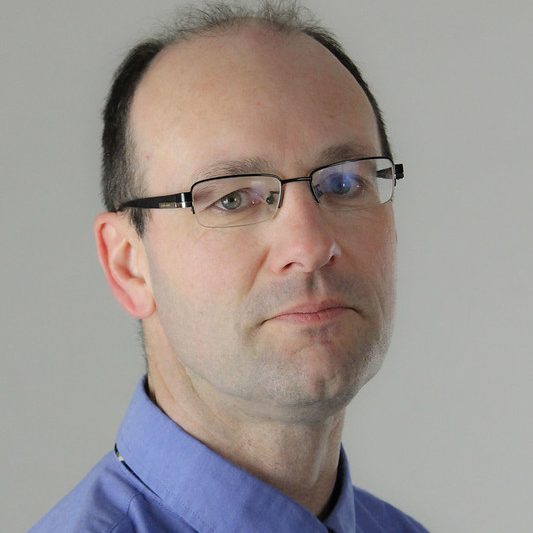
The original intention of the Mary C. Heisdorf scholarship is “to bring the right people together” as Prof. Ron Kean, fafaculty associate and extension specialist in the Department of Animal & Dairy Sciences, explains. “The name Heisdorf is very well known among poultry geneticists. What makes the scholarship stand out amongst other scholarships is not the fact that it funds students, but that it welcomes them to the inner circle of people really interested in poultry.
Like Art and Mary Heisdorf, who had been really ‘into’ poultry!” The scholarship does not restrict students in any way in their choice of interest, as long as it involves poultry science.
H&N International met two of the students:
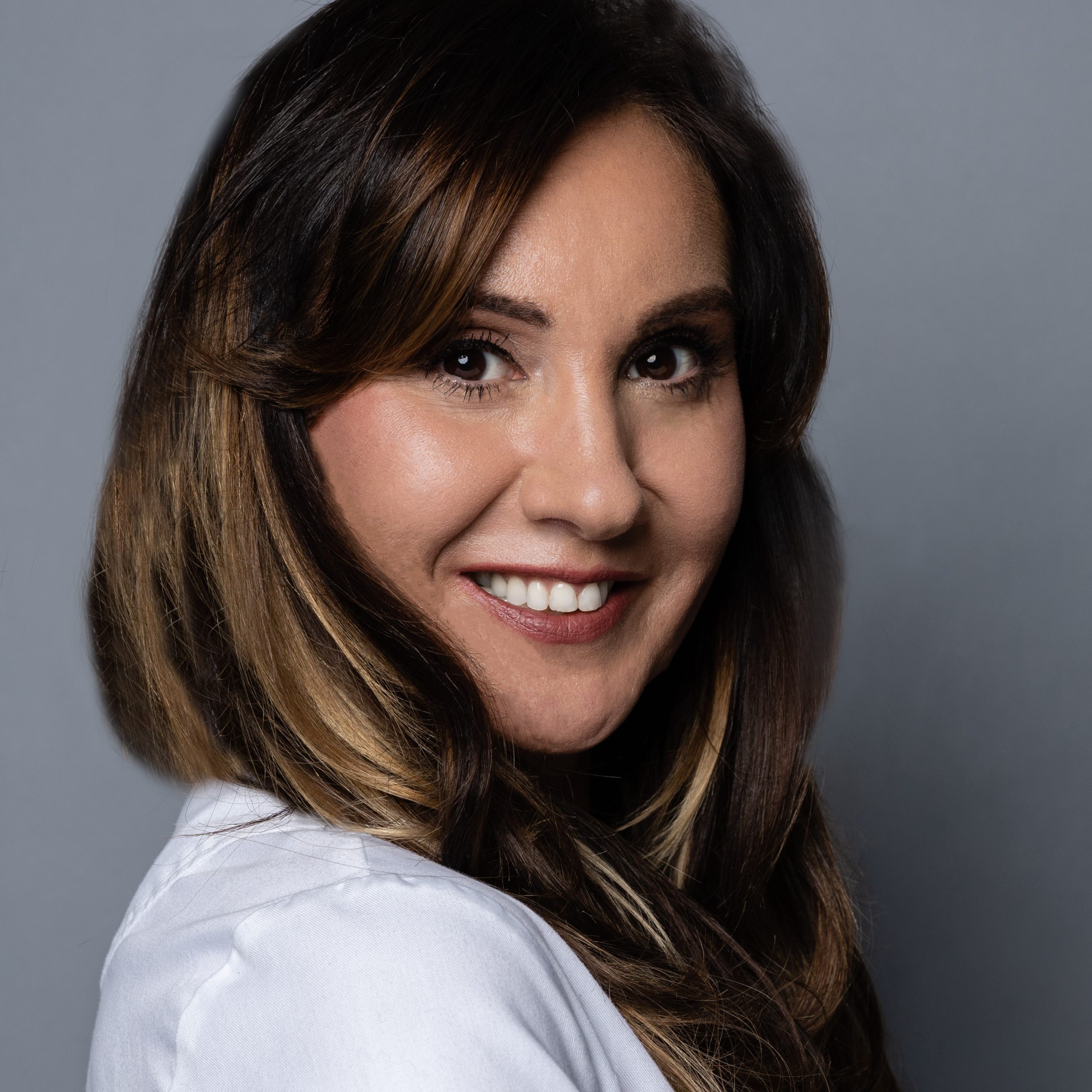
Russian-born Elena Olson recalls how she was bewildered at her family getting to buy only chicken legs when she was little. “Where is the rest of the animal?” she would ponder, and this would open the doors to her career around food safety, international imports and exports of the world’s number one proteins: chicken meat and eggs.
Elena is a bacteriologist who focuses on how hygiene aspects influence the world, spanning the creation chain of poultry production. Her research focuses on bacterial burden and the transmission of pathogens such as Salmonella and Campylobacter during pre-harvest live bird and egg production. She believes that some microbial challenges surrounding food safety arise from consumer awareness.
For example, one of the latest transitions in egg production is the demand by consumers for the transition from traditional battery cage-housed laying hens to cage-free. With such new requirements, pathogen control becomes a new issue, and so new research is required to overcome the transmission of pathogens throughout the flock.
Another concern is the selective breeding and adaptability of poultry breeds to the local environment, including different climates and unique microbial challenges. Bacterial problems such as E. coli, Salmonella, and Campylobacter are everywhere. A temperature difference in a highly dense house and a larger flock can have a compounding effect on the whole community and create a tremendous financial risk.
Since the application of antibiotics in animal production has been deemed a risk of transmitting antibiotic resistance to consumers, new vaccination and biosecurity protocols are also necessary to maintain safety throughout the farm-to-fork continuum. Elena’s goal is to create preventative controls implemented at critical poultry production steps to reduce the pathogen load in carcasses and eggs, and thus keep the family dinner safe.
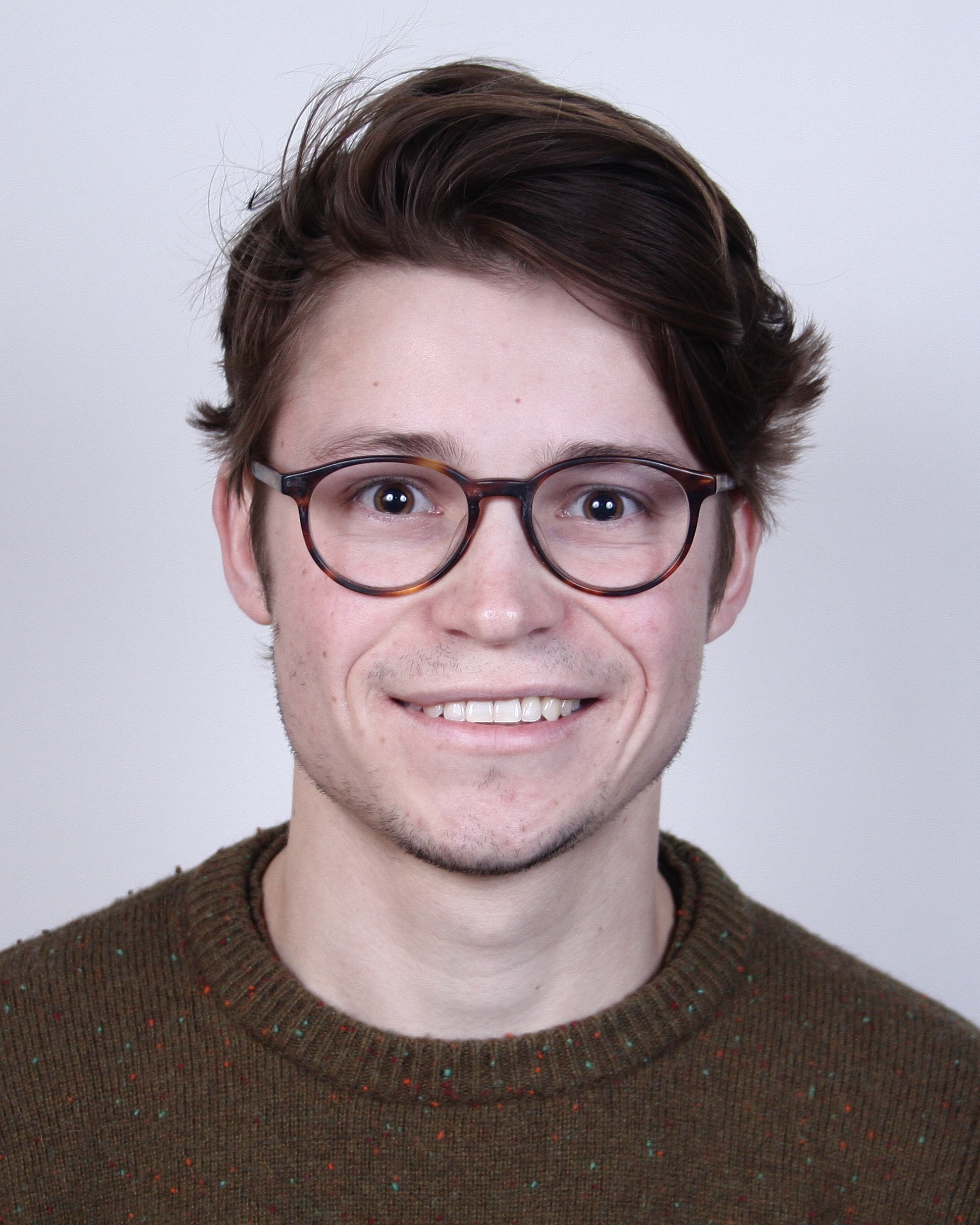
Sean Baker is from Austin, Minnesota, and has a vast background in food quality, manufacturing, and ingredient development and application. Food biochemistry is the common denominator as well as Sean’s special interest. After receiving his Bachelor of Science (BSc) in Food Science from the University of Wisconsin (UW) – Madison in 2020, Sean spent some time at the Dutch biotech and ingredient company, Corbion. Following a taste of industry, Sean returned to UW to pursue his PhD in Food Science. Sean’s research focuses on the interplay between heme protein (which gives meat its desirable color) and lipid oxidation in muscle foods. The associated biochemical processes affect flavor, aroma, taste, nutritional value—and the overall quality of meat and poultry products.
Sean travels frequently to trade events, such as his recent trip to the Reciprocal Meat Conference (RMC) of the American Meat Science Association (AMSA). In his time outside the laboratory and classwork, Sean is the Director of Nucleate Cultivate, a student-led non-profit organization for cultivating the next generation of food and agri-tech innovators.
This program provides an international hackathon to equip graduate and undergraduate students with the necessary skills to enter and excel in the emerging cellular and acellular agricultural space.
